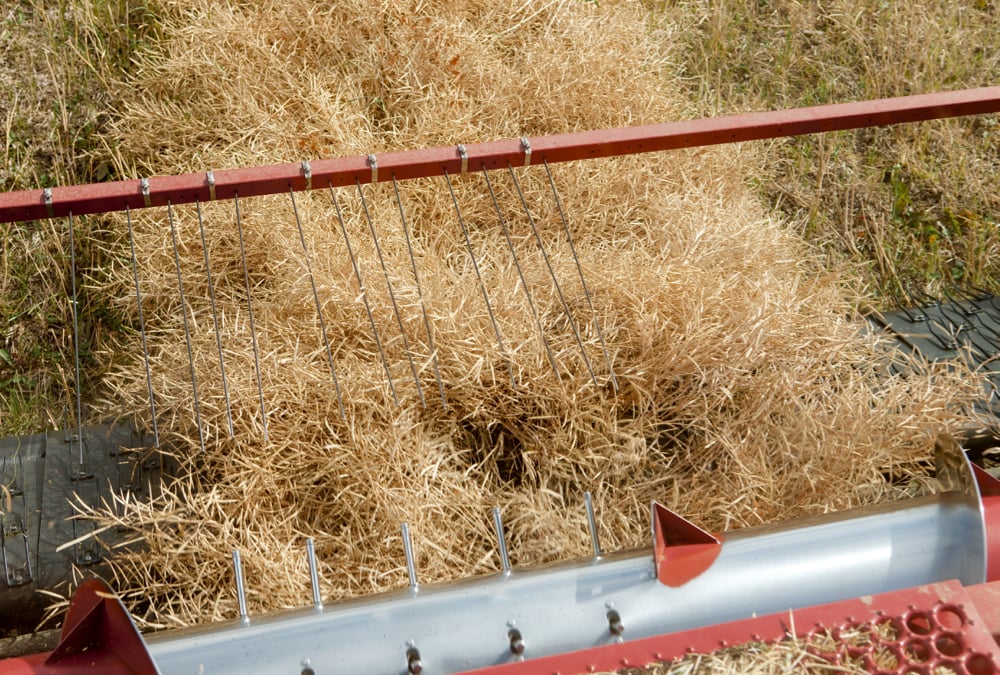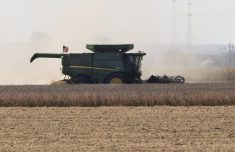Plans to reduce farmer payments under key federal-provincial farm support programs should lead to more producer involvement in decisions, says a new report on farm program evolution.
In Whitehorse this week, federal and provincial agriculture ministers are expected to approve significant cuts in payment eligibility under AgriStability, the mainstay farm support program.
Farm leaders say they feel largely excluded from the latest government negotiations, which could reduce potential farm support spending by close to $2 billion over the next five years.
In a Sept. 7 analysis of options for reforming business risk management programs, George Morris Centre executive director Bob Seguin argued that significant changes to future farm support programs should require farmer decision-making.
Read Also

Alberta harvest wrapping up: report
Harvest operations advanced to 96 per cent complete in Alberta as of Oct. 7, with only a few late-seeded cereal and canola fields remaining, according to the latest provincial crop report.
It will be particularly critical if new program rules require cross compliance, in which farmers must cover themselves with protection from a program such as crop insurance before they are eligible for support under a program like AgriRecovery.
“As program parameters are altered, there will be a need to more thoroughly include representatives of the producer groups to ensure fairness, equity, effectiveness of administration and enforcement,” he wrote.
“However, with these options involving more significant changes such as new cross-compliance requirements or using very different risk management tools, it can be anticipated changing governance structures are required to include producer representatives into decision-making processes.”
Seguin said farmer involvement would increase program administration cost and complexity but should not be avoided.
He also argued that calls for restrictions on the level of payments available to individual operations contradict market realities, which see larger farms producing a greater portion of Canadian food. It has been a key demand of the National Farmers Union, which wants farm payments tilted to support smaller family farms
“Larger commercial farm operations are responsible for greater share of overall farm production,” said Seguin.
“Policy options which operate contrary to this reality cannot be sustained. Either the program administration is overwhelmed or the program effectiveness is in doubt as larger shares of farm production are not covered by the program.”
He said future BRM program changes will likely be moderate as politicians try to balance the need for cost savings with ensuring that enough producers buy into the program to make it remain viable.
At the same time, Seguin suggested that a move away from national standards and rules may be the future trend because risk management issues differ between provinces, regions and farm sectors.
















